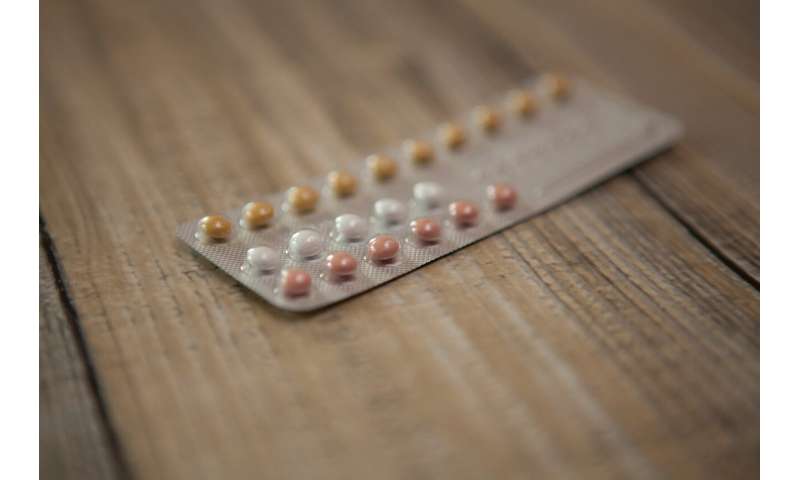
Women who stop using some forms of contraception may have to wait up to eight months before their fertility returns, suggests research published online in The BMJ.
US and Danish researchers measured the delay in return of fertility in women after use of a variety of contraceptive methods. They found that the time until fertility returned varied depending on which method was used. The return to fertility did not depend on how long the woman had been using contraceptives.
Globally, about 22% of reproductive-aged women used hormonal contraception in 2019. Male condoms and oral contraceptives are the most commonly used methods in North America and Europe, but long-acting reversible contraceptive (LARC) methods such as intrauterine devices (IUDs), implants, patches and injectable contraceptives have become increasingly popular globally.
Previous studies on the return to fertility after use of long-acting reversible contraceptives have been small and inconsistent, leaving many questions unanswered. Earlier research has focused mainly on the effects of oral contraceptives, with most studies showing short delays of approximately three months in the return of fertility after women stopped taking them.
To round out the picture, a team of Boston University School of Public Health researchers led by Jennifer Yland, in collaboration with Aarhus University in Denmark, set out to evaluate the association between pre-pregnancy use of a variety of contraceptive methods and the subsequent probability of becoming pregnant (fecundability).
For their study, the researchers pooled data from three studies that altogether involved nearly 18,000 women from Denmark and North America who planned pregnancies between 2007 and 2019.
At the start of the study, the women reported their contraceptive histories, as well as personal, medical, and lifestyle information.
Follow-up questionnaires were sent every two months for up to 12 months or until they reported they had become pregnant. More than 80% of participants completed at least one follow-up questionnaire.
Overall, there were 10,729 pregnancies recorded in these women during 66,759 menstrual cycles of observation. Approximately 56% of women conceived within 6 cycles of follow-up, and 77% within 12 cycles.
The most commonly reported method of contraception was oral contraceptives (38%), followed by barrier methods such as condoms, diaphragm and sponge (31%), and natural methods such as withdrawal, and avoiding sex when fertile (15%).
Approximately 13% of women used long-acting reversible contraceptive methods; the most frequently used of these were IUDs—8% of women used the hormonal IUD and 4% of women used the copper IUD as their last method of contraception.
Women experienced short-term delays in a return to fertility if they had recently stopped using oral contraceptives, the contraceptive ring, and some long-acting reversible contraceptive methods, compared with users of barrier methods.
Women who used injectable contraceptives had the longest delay in return of normal fertility (five to eight cycles), followed by users of patch contraceptives (four cycles), users of oral contraceptives and vaginal rings (three cycles), and users of hormonal and copper intrauterine devices and implant contraceptives (two cycles).
The study had important limitations. The authors did not have data on the date of the last injection for women who used injectable contraceptives, and instead relied upon self-reported time since discontinuation of contraception for all methods studied.
Nevertheless, the results indicate that return of normal fertility varies substantially by contraceptive method.
Source: Read Full Article





